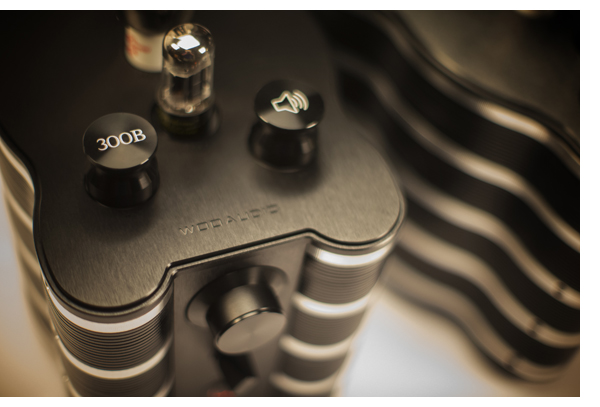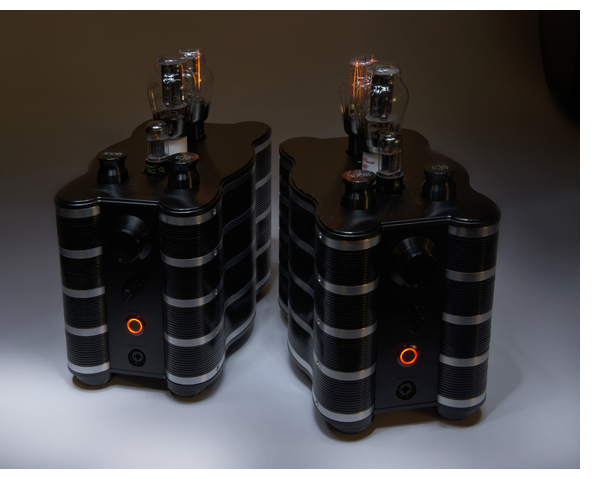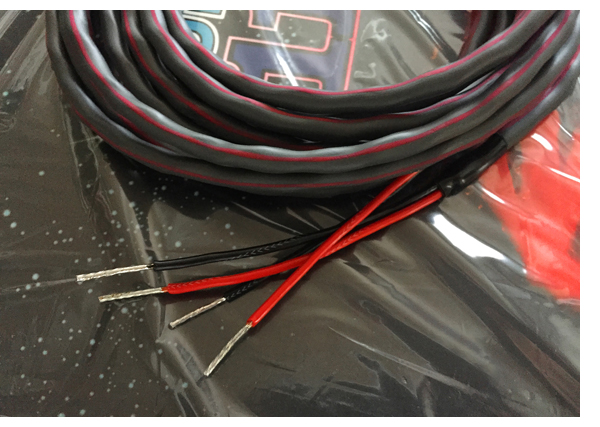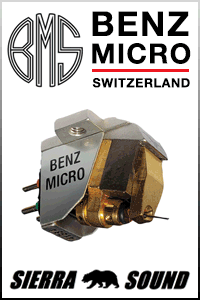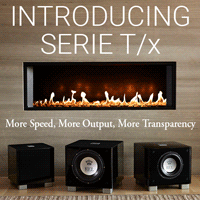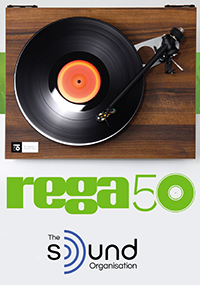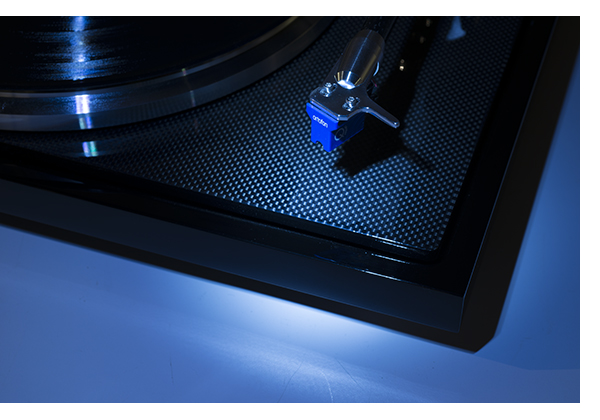 Carbon fiber is just cool, no matter how you look at it. Sure it’s stronger and lighter than steel, but it looks so high-tech and sexy, especially when it’s done right.
Carbon fiber is just cool, no matter how you look at it. Sure it’s stronger and lighter than steel, but it looks so high-tech and sexy, especially when it’s done right.
And the folks at EAT have done a smashing job on the C-Major turntable and tonearm – it looks much more expensive than the $2,495 retail price, with an Ortofon Quintet Blue MC cartridge, that would typically set you back another $550. Preinstalled no less. The EAT C-Major got a lot of attention in the photo studio as we were setting it up for the first time.
Whether you are jumping off the cliff with your first table or trading up from something in the $700 – $1,200 range, the EAT table will give you a major increase in fidelity. A quick comparison to the offerings in the former category from Music Hall, Rega and Pro-Ject, put the EAT way out in the lead on every level, so this is money well spent.
Much of the technology in EAT’s $3,495 C-Sharp turntable that has won the hearts and ears of critics around the world is present in the C-Major. The plinth, platter, and tonearm are of similar design, though the C-Major has only a 9-inch arm tube and lacks the precision speed control of the more expensive EAT table. The C-Major is just a slightly more basic version.
After a quick check on cartridge alignment, via the Acoustical Systems SMARTractor, which has become our reference standard, the factory Lofgren A alignment was right on the money. However, I’ve become hooked on the Uni-Den geometry and after some initial listening, went back to the alignment I have on the rest of my tables. Apples to apples I guess.
The first LP is like that first kiss; it sets the tone for the relationship. If uninspiring, there’s not much chance for anything long-term. Happily, the C-Major sails through the first side of the self-titled Little Village album with ease. The triangle at the beginning of “Inside Job” is round, yet defined with more air than you might expect from a $500 MC cartridge. But Ortofon is the master of reasonably priced cartridges delivering high performance, and this cartridge is a perfect match for the EAT table.
The Quintet Blue, loaded to 100 ohms feels complete mated to the Pass XS Phono. Yes, this is somewhat overkill, but we’re evaluating the TT, don’t want the system to get in the way. The dead neutrality of the Pass makes it easy to complete the homework assignment. For some of the listening sessions, we switched to the Simaudio MOON Ace integrated (that is our Product of the Year) and a step up transformer to get more of a real world system perspective. The remaining listening was performed in system two, via the Simaudio MOON LP610 phonostage, PrimaLuna DiaLogue HP integrated amplifier and the Quad 2812 speakers. A highly revealing, yet musical system that the C-Major feels right at home as a part of.
Every turntable imparts some sonic signature, and the C-Major has a slightly warm overall tonality. While this is always relatively difficult to quantify, when swapping cartridges to a known entity, in this case the Ortofon Cadenza Black (the closest to a neutral cartridge in my arsenal) the C-Major leans slightly to the warmer, more relaxed, more mellow side of the fence. To put this in perspective, it’s not as soft and unresolving as say, a mid-grade Linn LP-12, and it has a wider top to bottom range with more heft than say a Rega RP6. If anything, it sounds a lot like a cross between a VPI Classic 1 and a VPI Scout. Make any sense?
Listening further to Johnny Cash on the lovely Speakers Corner remaster of At San Quentin album, the EAT table does a fantastic job with pace, yet digs out the details in a much younger Cash’s voice, revealing nuance that a budget table can’t. A lot of this can be chalked up to the tonearm. More carbon fiber! This carbon fiber tonearm mated to an aluminum headshell and a precise bearing looks and feels as if it should cost as much as the table alone.
Tracking through some solo vocal and instrumental favorites again reveals nothing but nuance. Going back to some of the early Windham Hill records, mastered by Stan Ricker and pressed at the same JVC plant responsible for the first Mobile Fidelity titles is exciting. Alex DeGrassi’s acoustic guitar and George Winston’s piano comes through clean and clear. Piano notes are clean, with the proper amount of sustain and depth.
The uncolored piano rendition leads to a quick speed check, with the Feickert phone app and all is well. The EAT reads at 33.38 r.p.m. If you can hear that .05 r.p.m. difference, I’ll buy you a new BMW. More importantly, watching the speed graph in real time, it’s very stable. Not as stable as my $10k Brinkman Bardo, but damn good for a belt drive table. Bottom line, my review sample is well under the speed variation specified by EAT, and that’s always a good thing.
The C-Major also does an excellent job at untangling records having a dense mix, and this is something you don’t get much of in the $1,000 tables. Of course, they all play music, but if I dig out a copy of Bowie’s Scary Monsters, a lot of the minute details tend to blend the details into the background. Ditto for a lot of my Eno favorites, yet when played through the C-Major, those extra backing vocals on the Bowie albums reveal themselves as distinctly separate tracks, rather than just being played back as a single, fat vocal track. And the ethereal bits in Eno’s Ambient 1: Music For Airports float around the room with vigor.
Major manual
To EAT’s credit, they’ve produced an excellent manual for the C-Major, with very clear explanations and excellent diagrams illustrating what needs to be done. If you proceed with patience and follow the directions, even a novice analog enthusiast should be able to be up and running within about 20-30 minutes. Save those screws in the box, so in case you ever move, they will be at your disposal to lock the table down again.
Once the transit screws are undone, the rest is gravy. A quick double check of the factory set Ortofon cartridge confirmed no more work would be needed here, but should you start with your C-Major sans cartridge, the manual will talk you through it. Also, should you be using a cartridge with other than the supplied Ortofon, be sure of its weight. The standard counterweight will accommodate cartridges from 5-9 grams, and the additional insert extends that range from 9-17 grams, leaving a very wide range of cartridges at your fingertips.
Be sure to level the table, with the adjustable feet, and you’re nearly there. A particularly nice feature of the C-Major is that it has a pair of RCA jacks instead of trapping you with whatever tonearm cable might happen to be attached to the arm. Considering that the C-Major offers enough resolution to work with more expensive cartridges than the $500 Ortofon it is bundled with, taking advantage of a premium set of interconnects can also increase the performance and functionality of this table down the road. And, it gives you the option to run a slightly longer ground wire, should the need arise.
The EAT C-Major is a cool, yet compact turntable that offers a significant step up in the amount of music it reveals from tables a few clicks down the food chain. It looks stunning in an understated, techy kind of way, and is easy to set up. Best of all it sounds fantastic. You rarely get all of this at just over two grand. I look forward to investigating more of what this company’s turntable range has to offer. Highly recommended.
The EAT C-Major Turntable
www.vanaltd.com (US Distributor)
www.europeanaudioteam.com (manufacturer)
MSRP: $2,250 (without cart), $2,495.00 (with pre-installed Ortofon Quintet Blue)
Peripherals
Phonostage Simaudio 610LP
Amplification Simaudio NEO Ace, PrimaLuna DiaLogue HP integrated
Speakers Quad 2812, Graham LS5/9
Cable Cardas Clear
Power Torus TOT





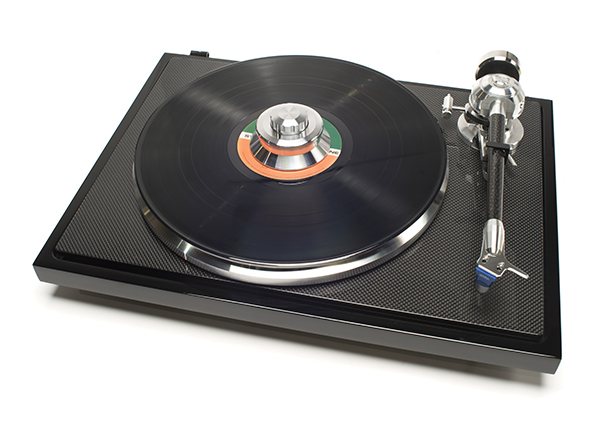
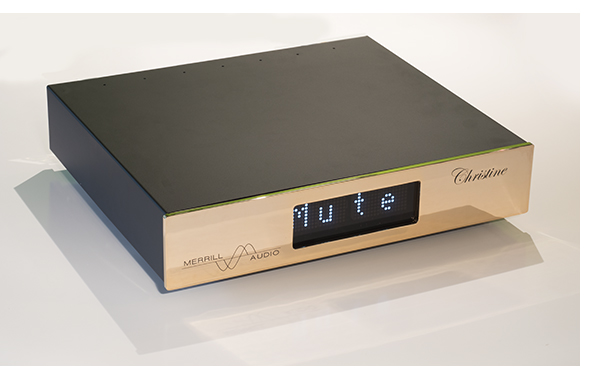
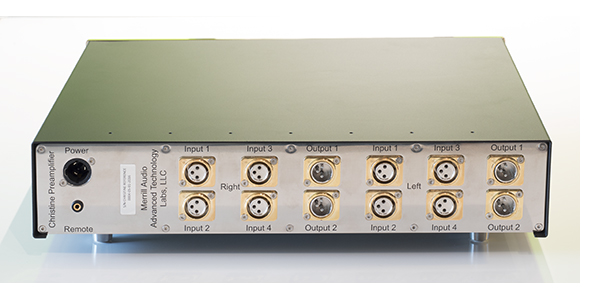
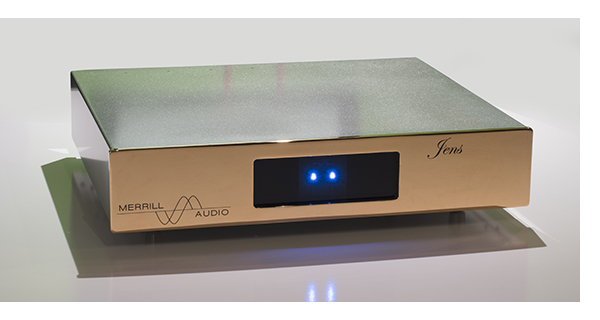
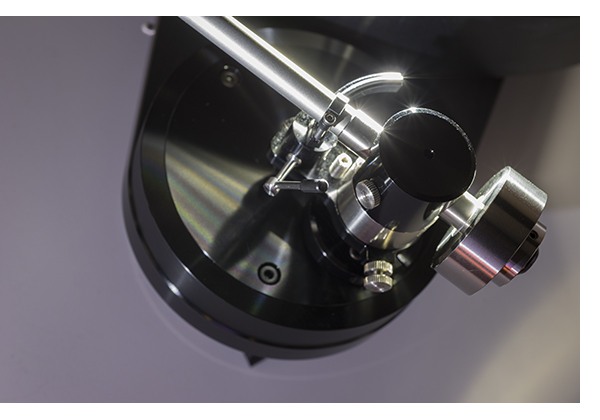
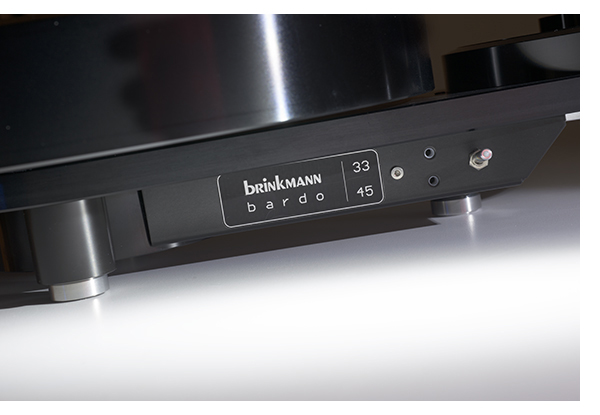
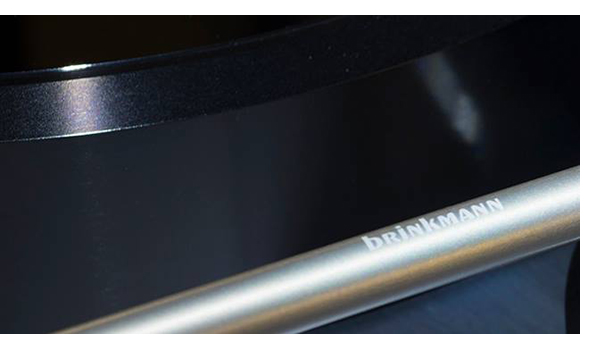
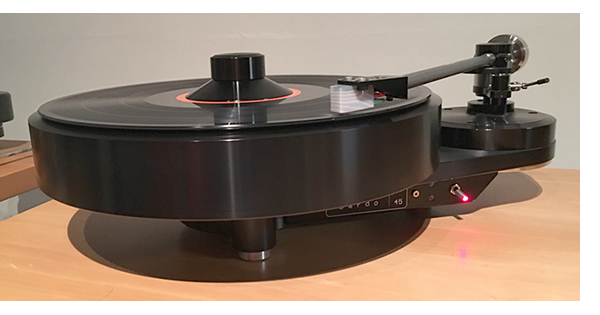
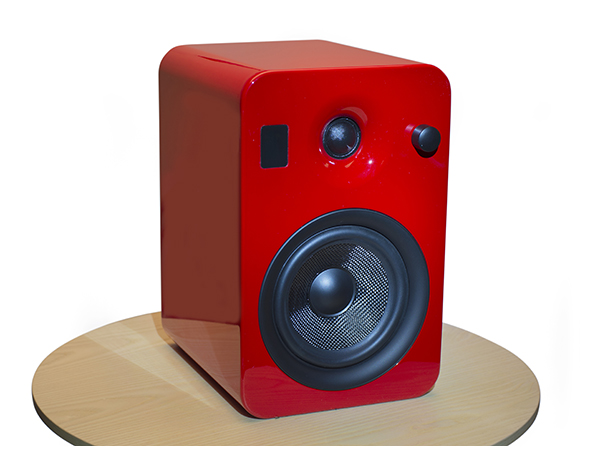
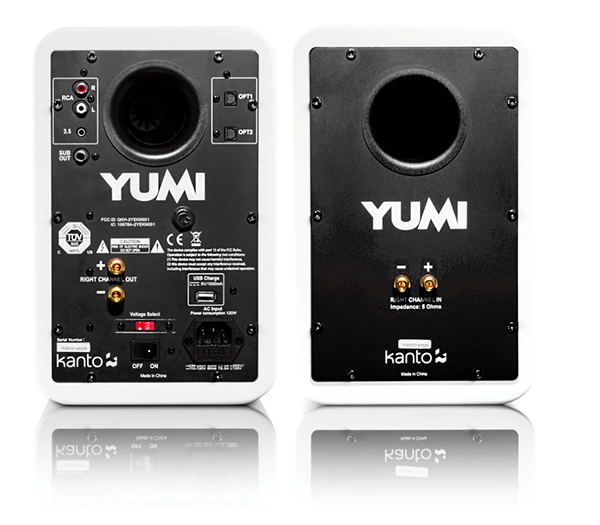
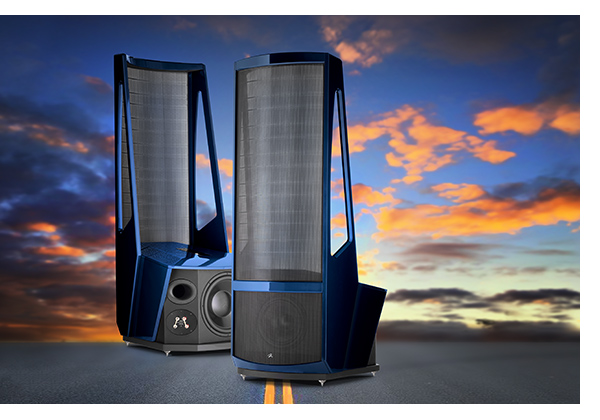
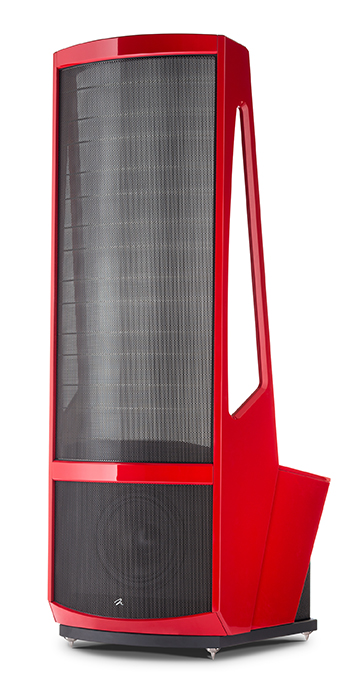
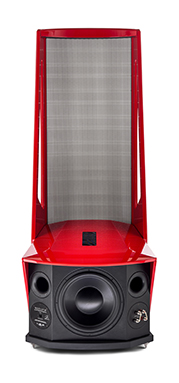
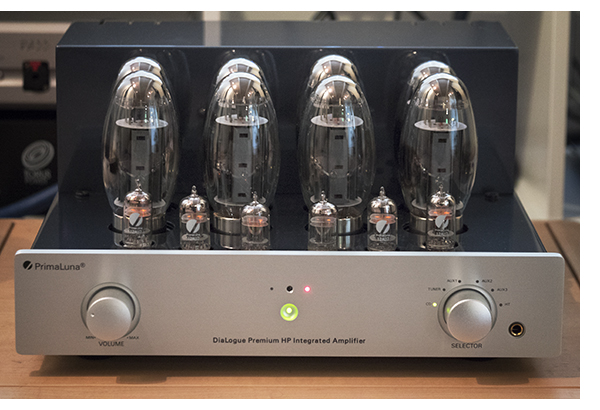
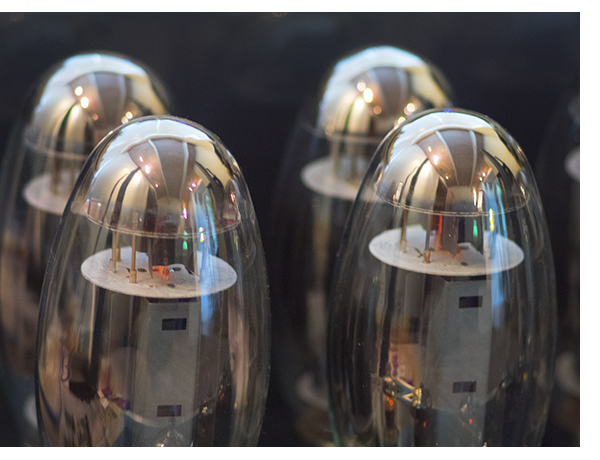

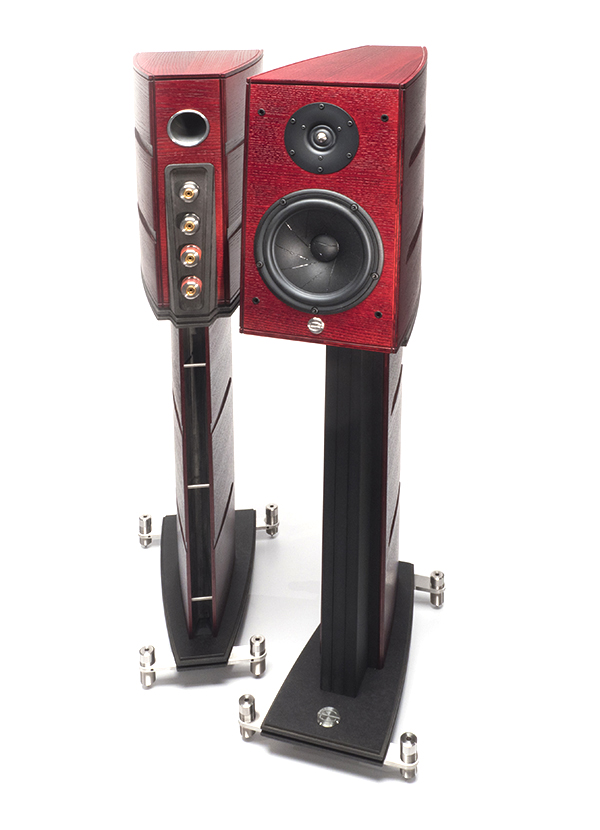
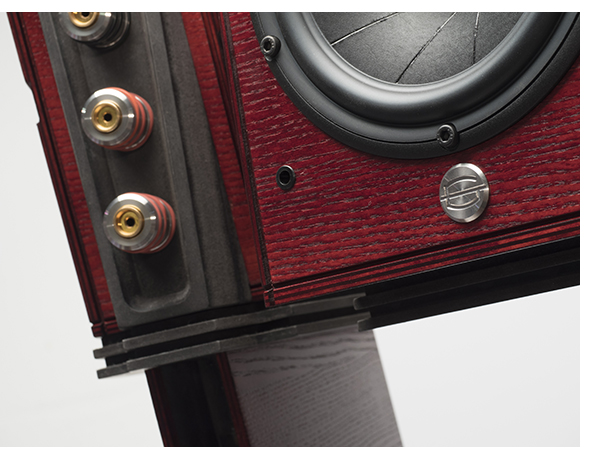
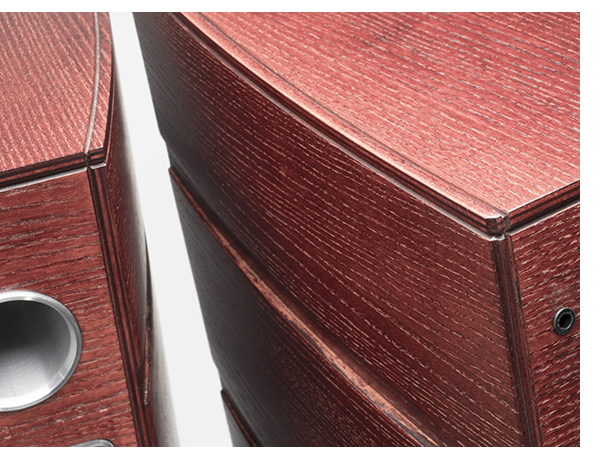
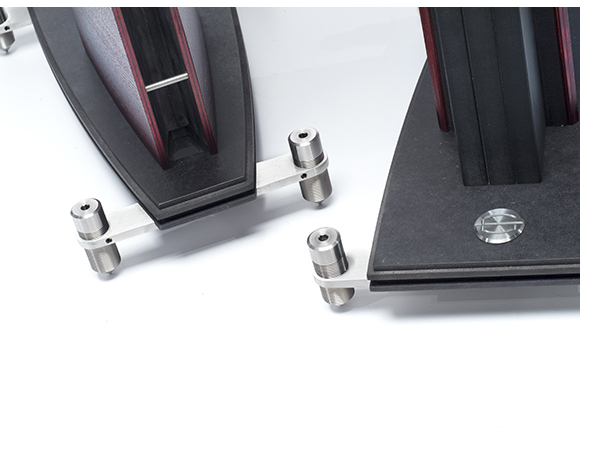
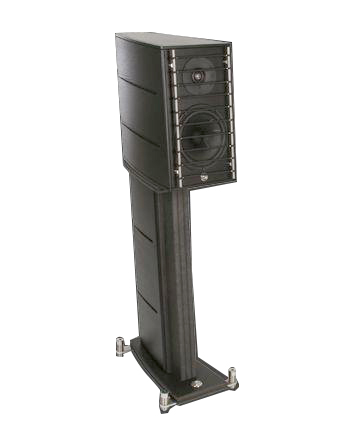
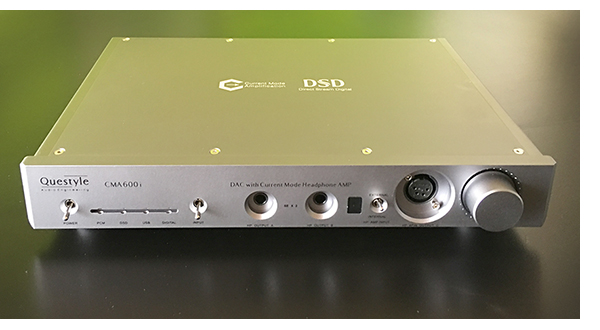
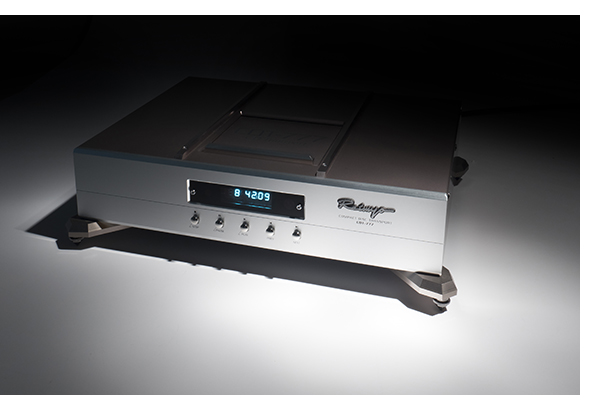
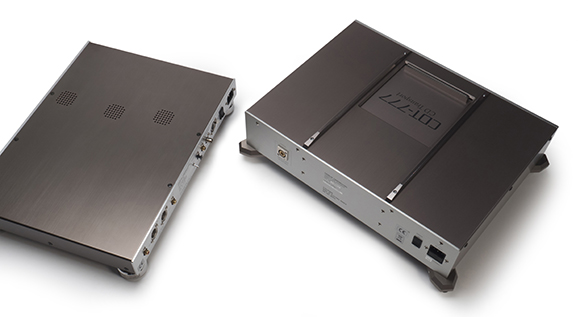
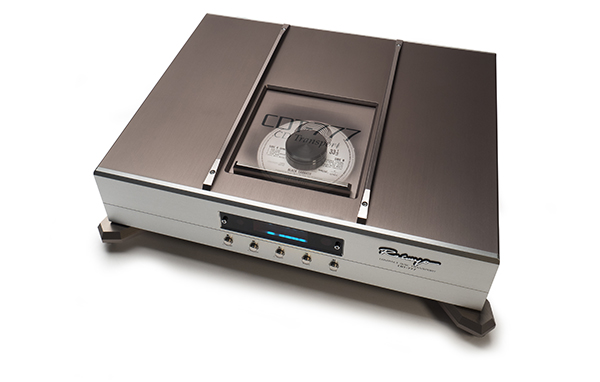
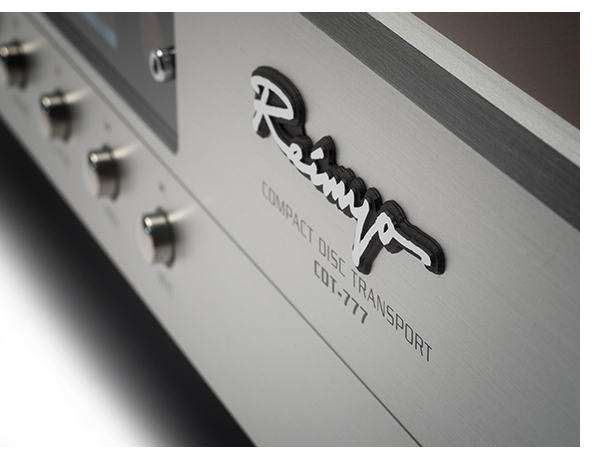
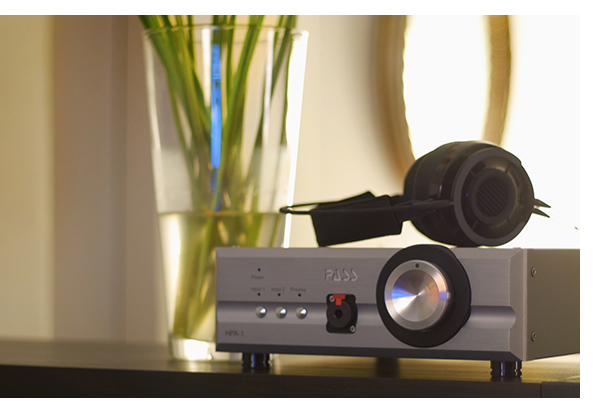
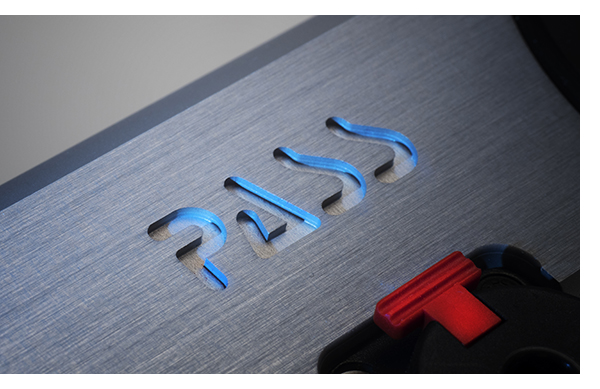
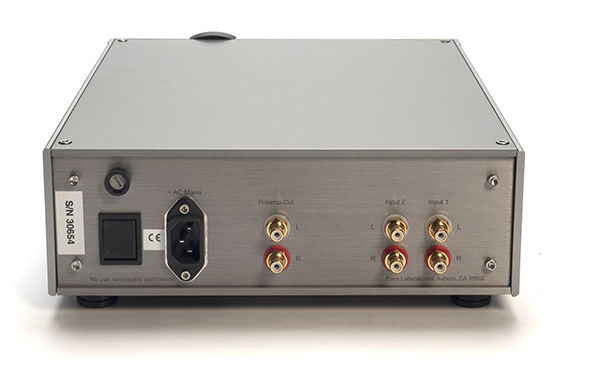
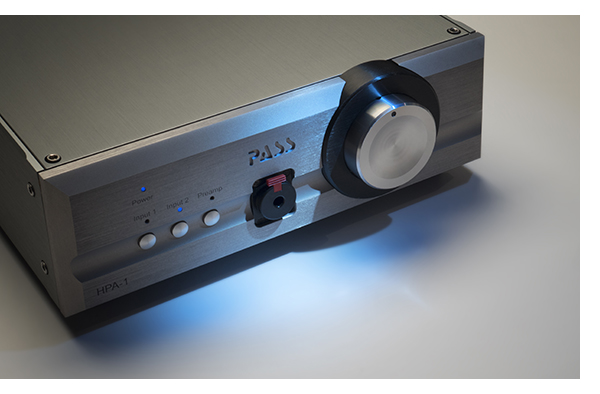
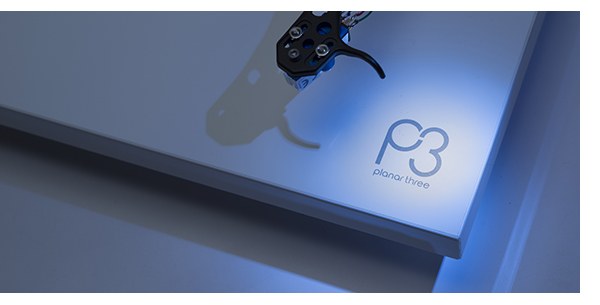
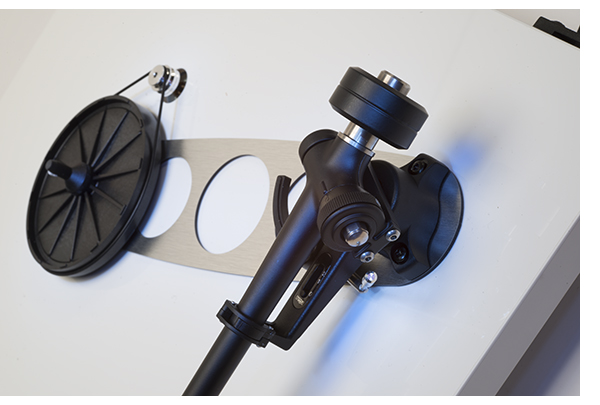
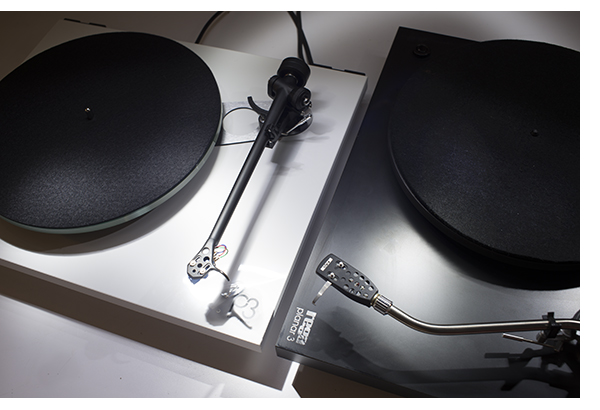
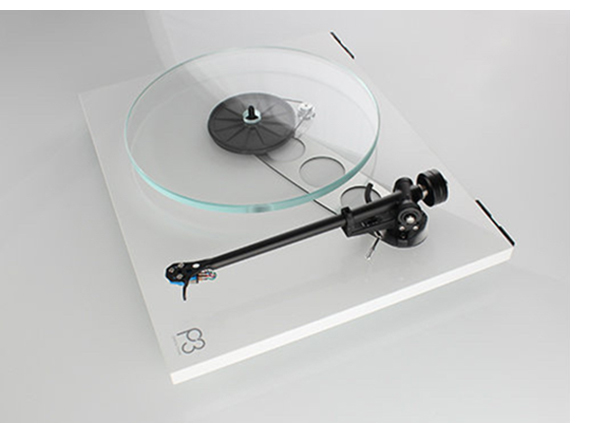
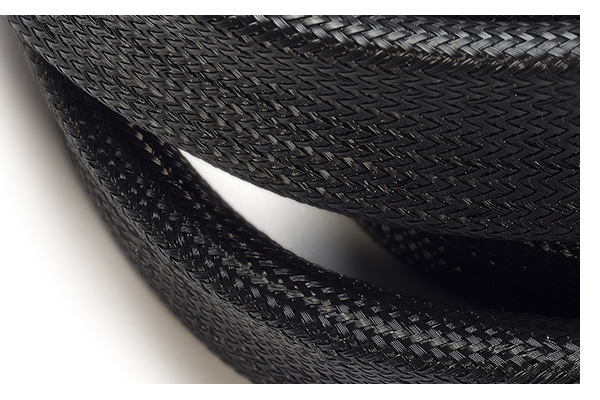
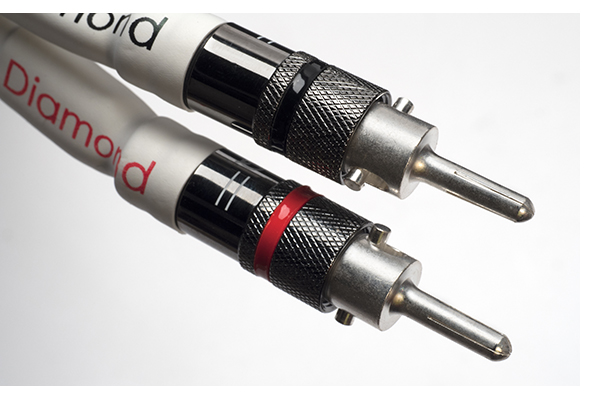
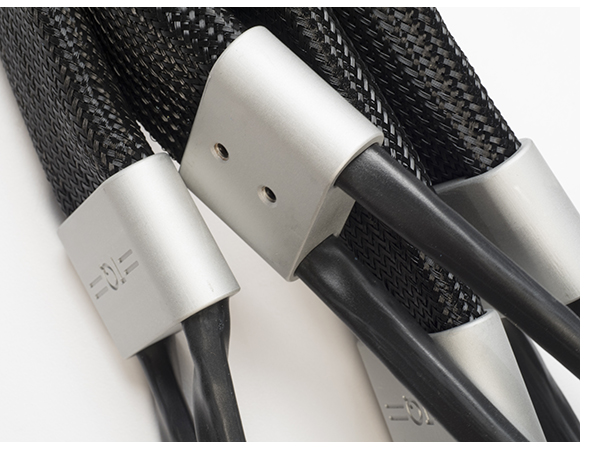
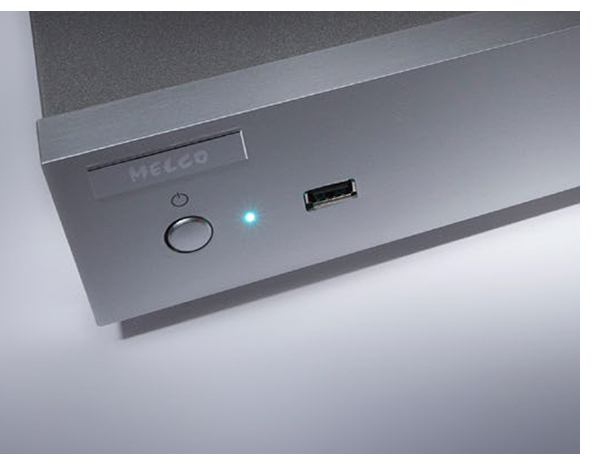
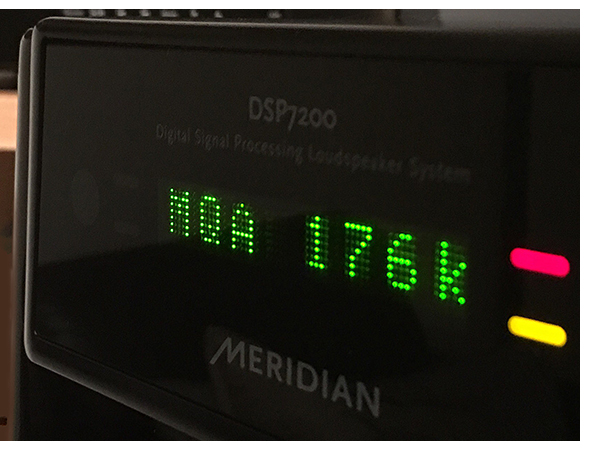
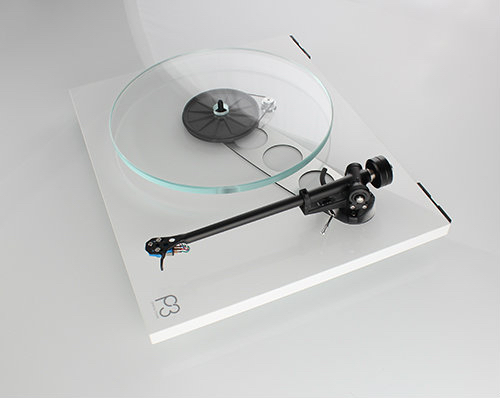
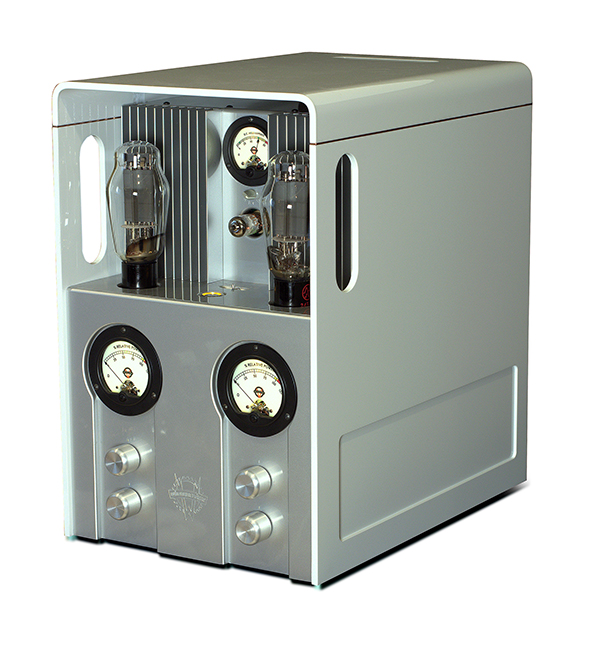
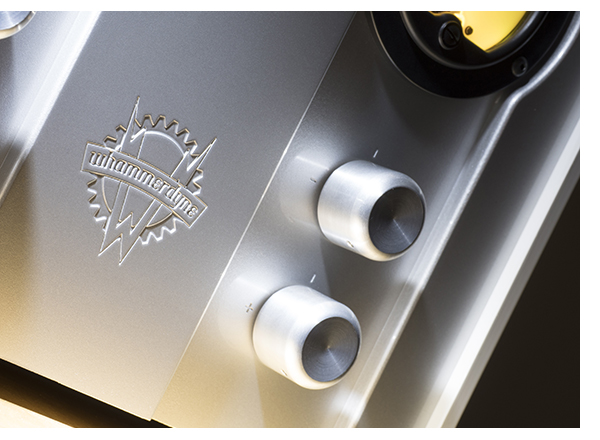
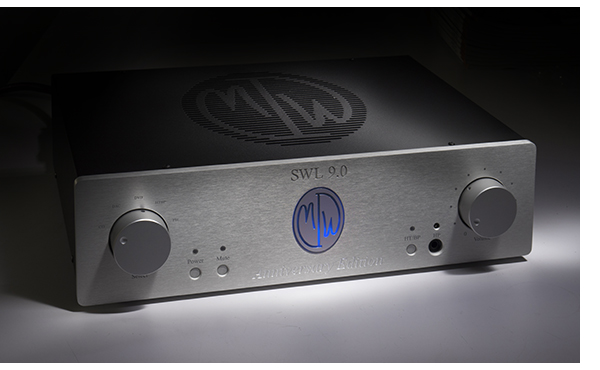

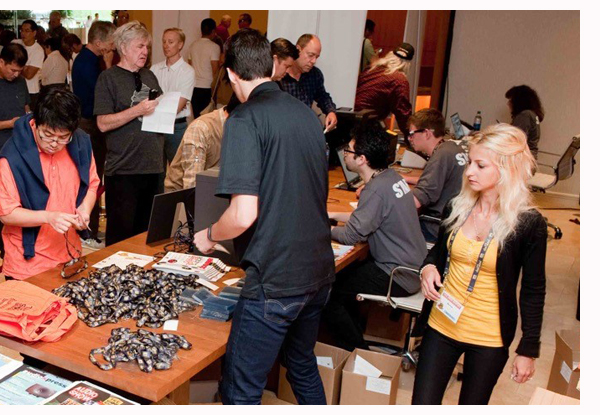
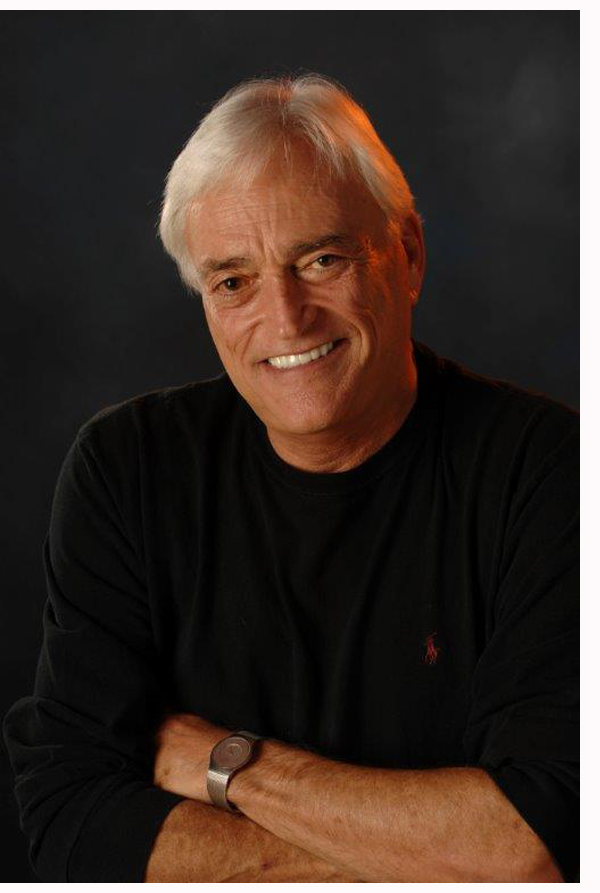

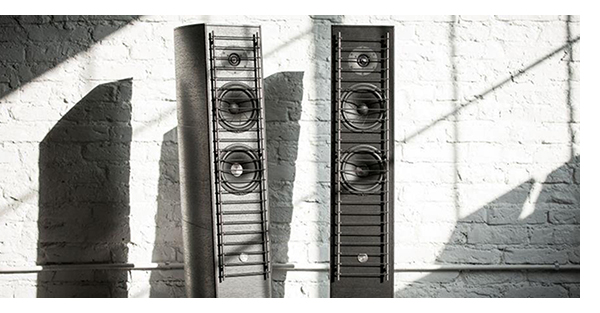
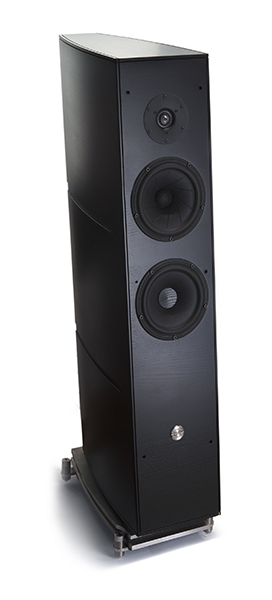
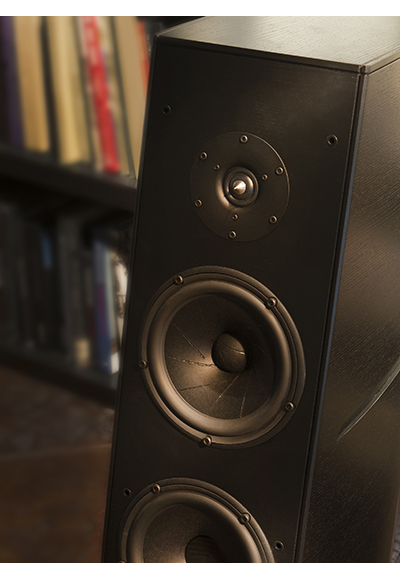
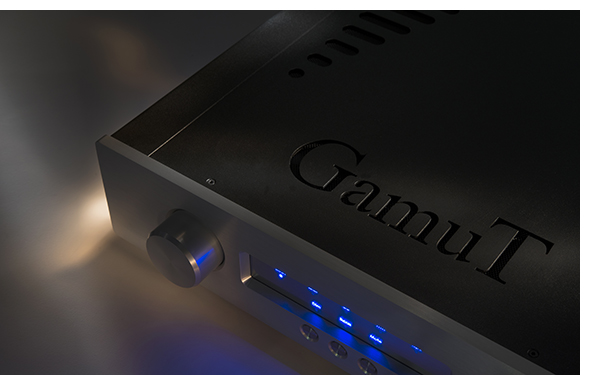
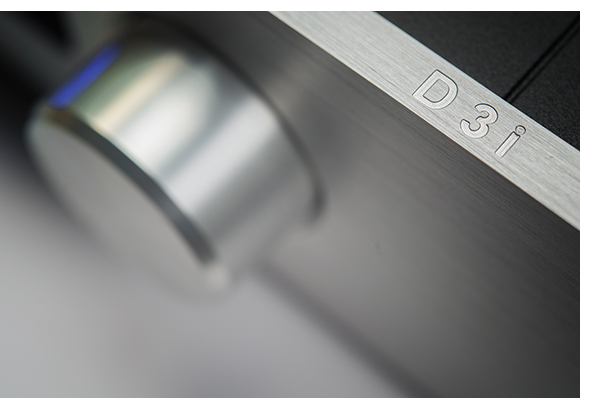
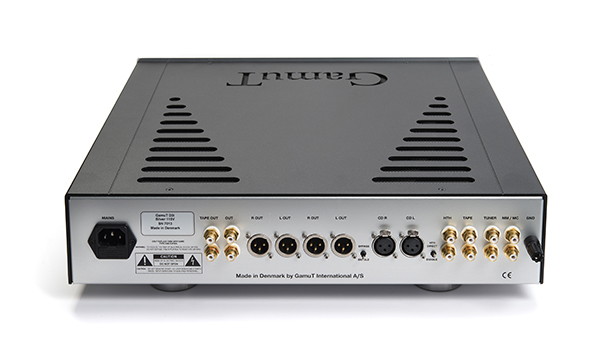
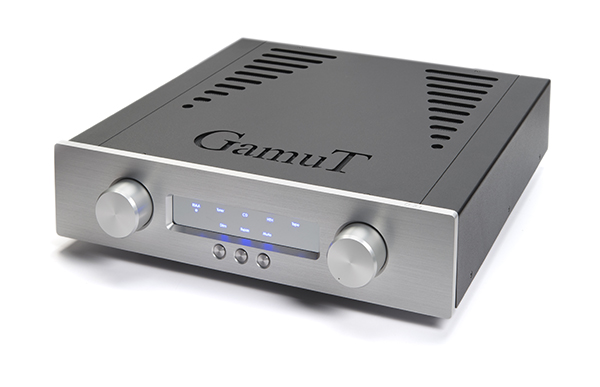
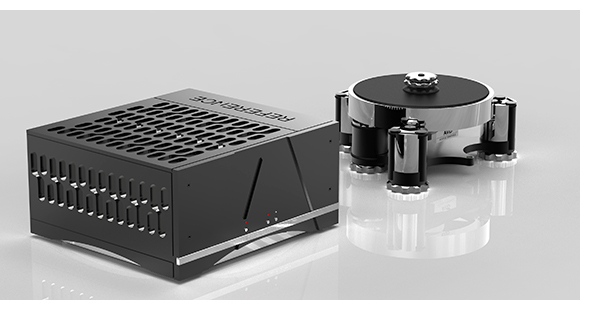
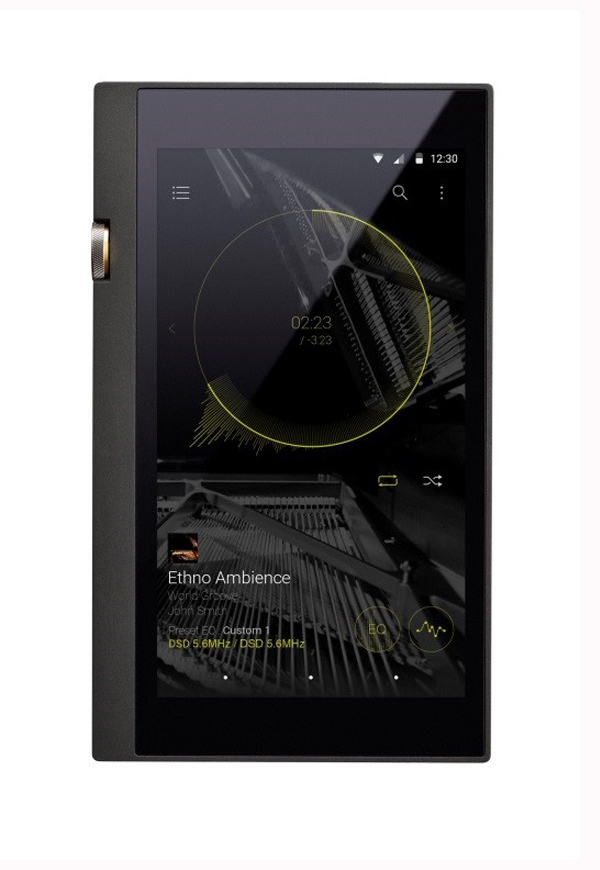
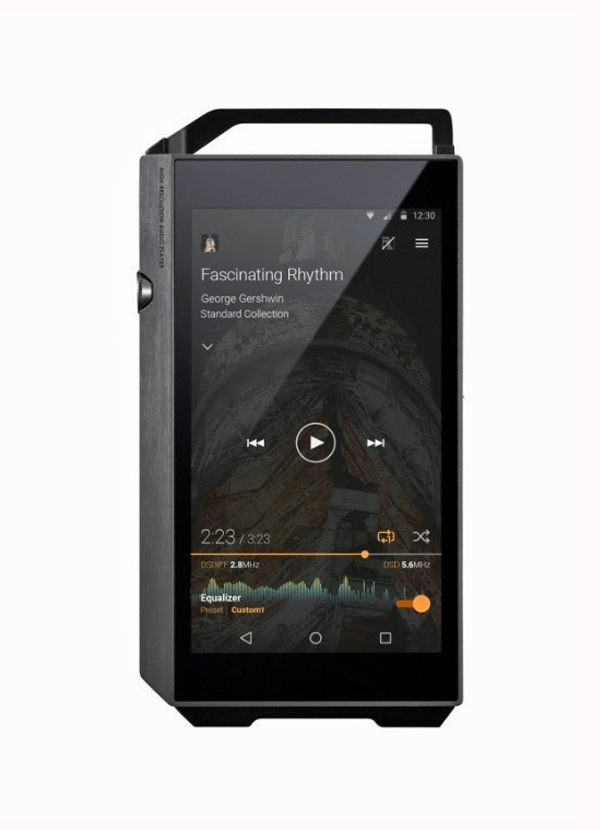
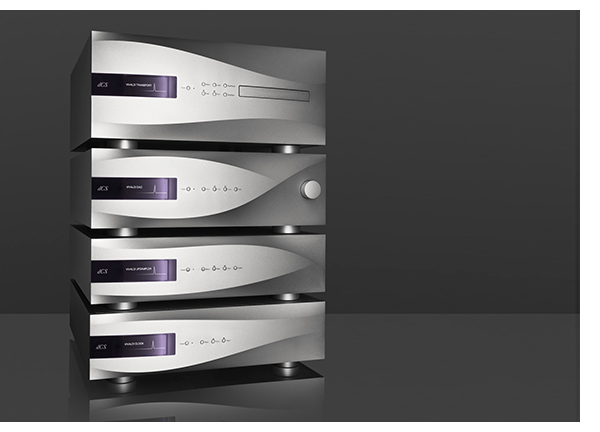
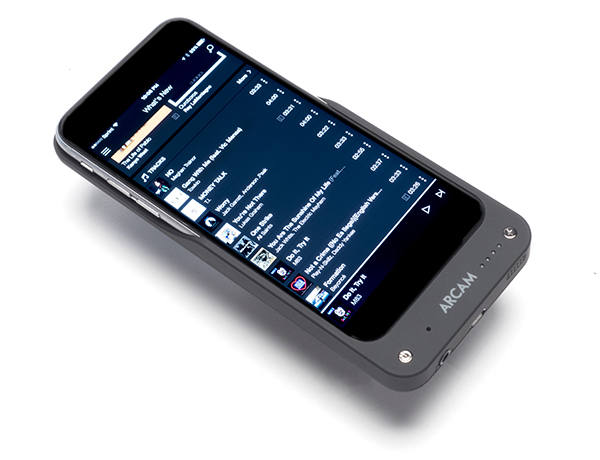
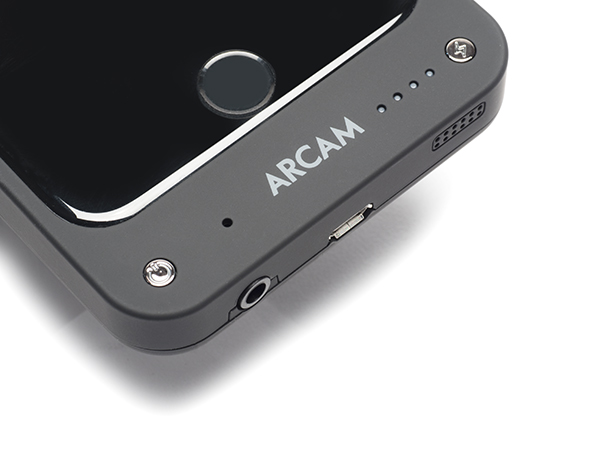
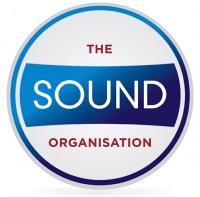



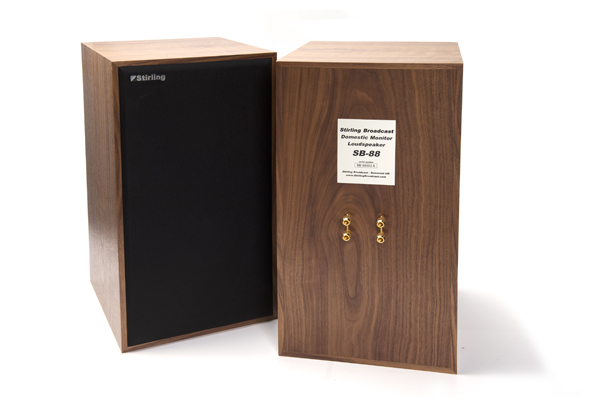 The Black Keys’ new record
The Black Keys’ new record 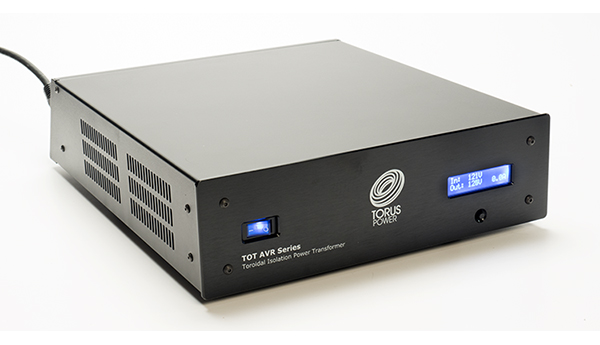
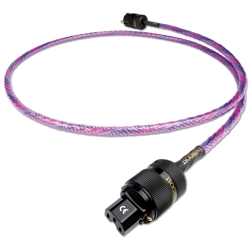
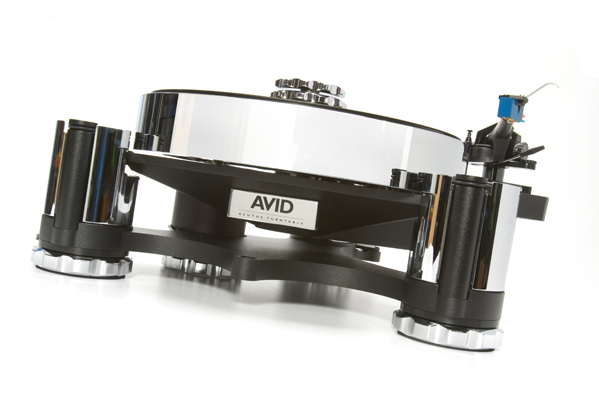
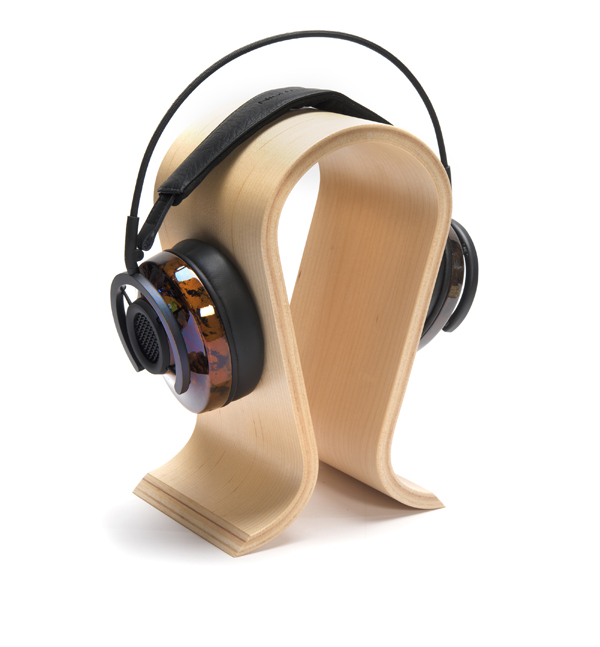
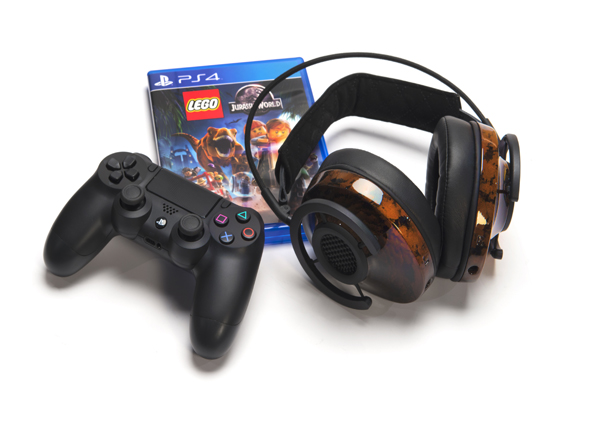
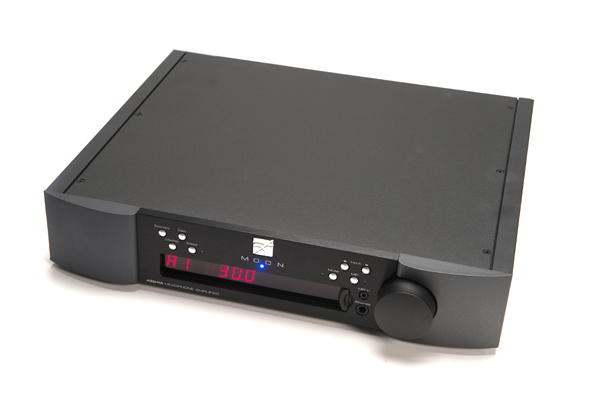
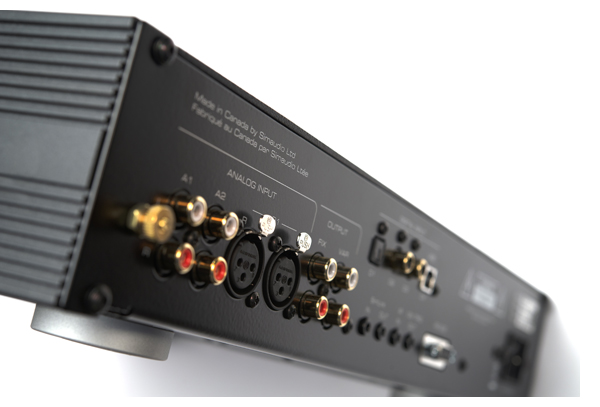
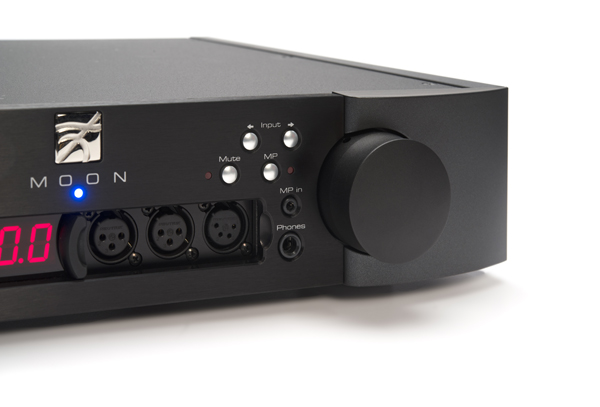
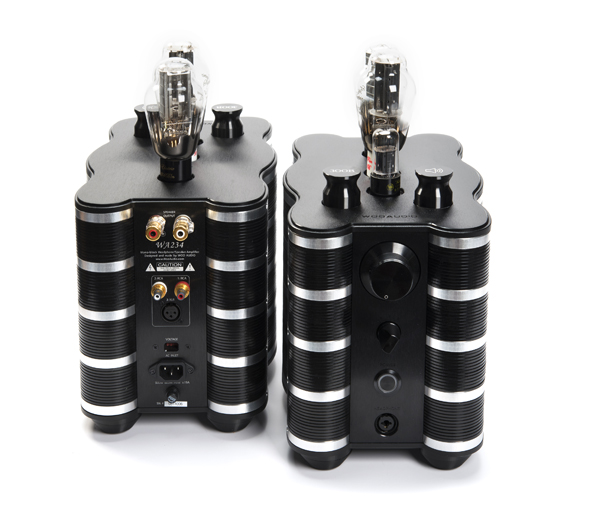 You can look at the Woo Audio SET monoblocks one of two ways: a dreadfully overpriced $16,000 headphone amplifier, or a $16,000 pair of SET monoblocks that give you output tube flexibility (45, 2A3 or 300B output tubes are accommodated) that eclipse a pair of $125,000 Wavac SET amps with a free headphone amp thrown in. I’m not a big headphone guy, so I choose the latter option.
You can look at the Woo Audio SET monoblocks one of two ways: a dreadfully overpriced $16,000 headphone amplifier, or a $16,000 pair of SET monoblocks that give you output tube flexibility (45, 2A3 or 300B output tubes are accommodated) that eclipse a pair of $125,000 Wavac SET amps with a free headphone amp thrown in. I’m not a big headphone guy, so I choose the latter option.